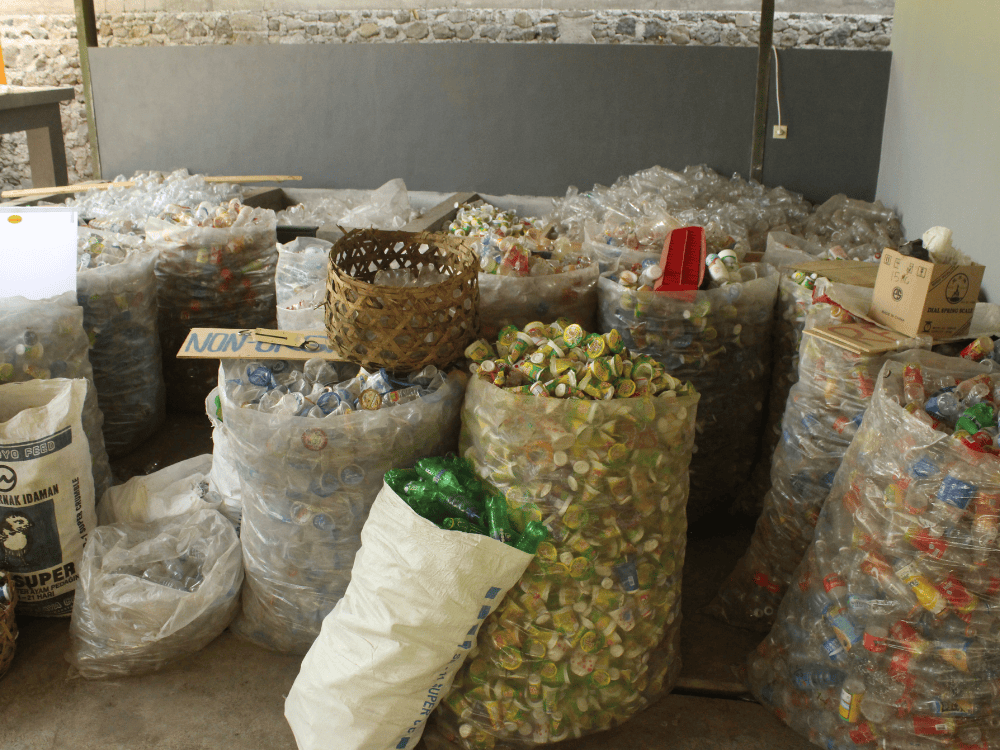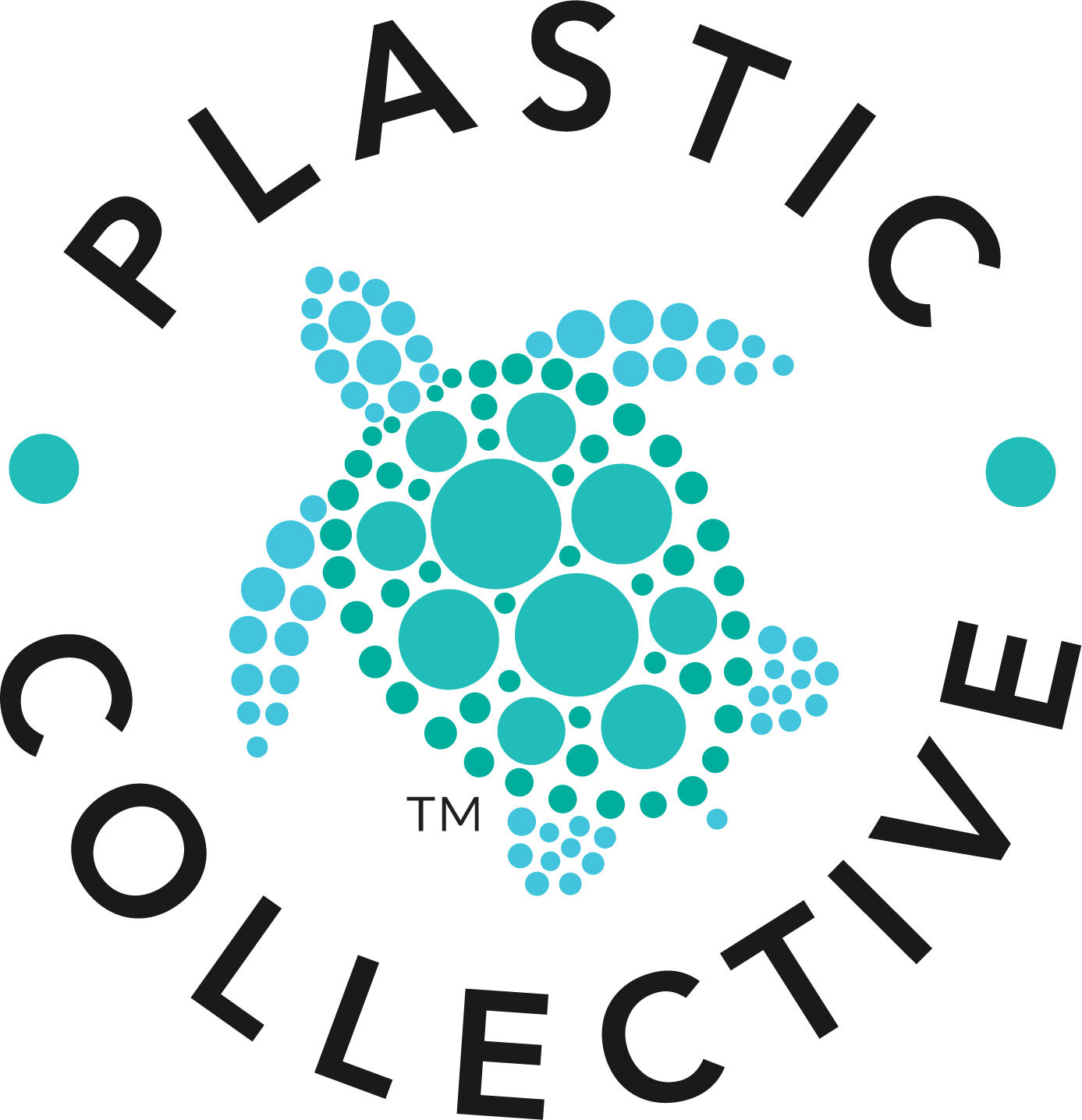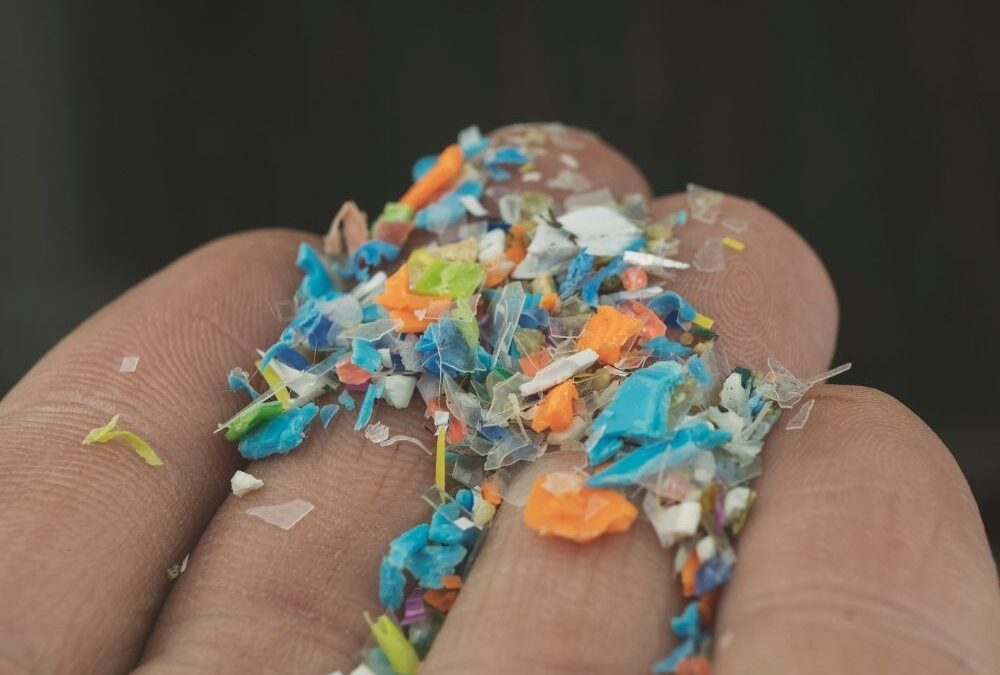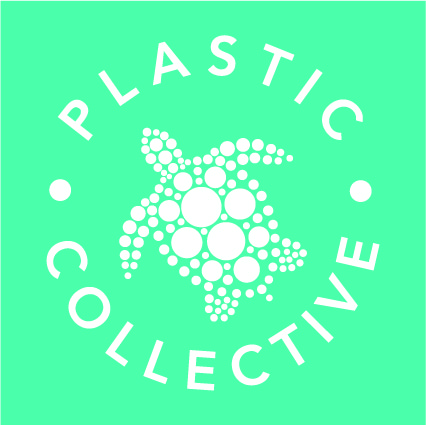Image by Canva
In recent years, microplastics have emerged as a significant environmental concern, but less discussed is their potential impact on human health. These tiny nanoparticles, often less than 5mm in size, are everywhere from the air we breathe to the water we drink. They’re in our oceans, our air, and yes, even inside our bodies. But what exactly are these particles doing to our health?
While scientists are just beginning to unravel the full extent of their effects, the evidence already suggests they could pose a substantial risk to human health.
What Exactly Are Microplastics?
Microplastics are plastic particles less than 5mm in size, but don’t let their small size fool you. These tiny particles come from two main sources:
Primary microplastics, which are intentionally manufactured in small sizes such as microbeads found in cosmetics and personal care products.
Secondary microplastics, which are the result of larger plastics breaking down due to exposure to sunlight, waves in the ocean, or physical abrasion.
Plastic never truly decomposes, it just breaks into ever smaller pieces to nanomaterials, meaning that every piece of plastic ever made is still with us in one form or another. This durability, combined with our heavy reliance on plastic, is a major reason why microplastics are now present across the globe in our ecosystems, from the deepest oceans to the highest mountains.
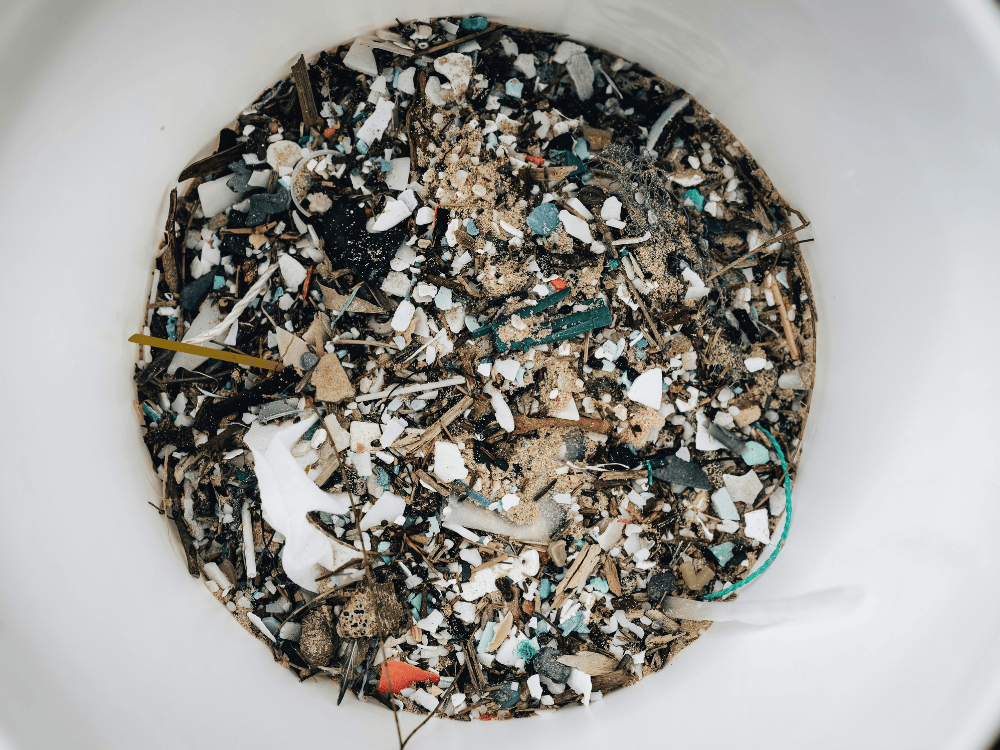
Image by Canva
How Do Microplastics Enter Our Bodies?
Human bodies are being exposed to microplastics and nanoplastics contaminants in several ways, and it’s not something we can easily avoid. Here’s how they’re getting into our systems:
Ingestion:
One of the main ways we consume microplastics is through our food and water. Microplastics have been found in seafood like fish and shellfish, which ingest these particles from polluted oceans and rivers. The highest level of contamination has been found in mussels, oysters and scallops. In fact in a study, 100% of mussels sampled from the UK coast and from supermarkets contained microplastics. They’ve also been detected in drinking water, both bottled water and tap water, meaning that no matter how careful we are, microplastics are likely getting into our bodies every day via the food chain.
A study published in Environmental Science & Technology estimated that people might be consuming between 39,000 and 52,000 particles annually.
Inhalation:
It might sound unbelievable, but we’re also breathing in microplastic particles. These particles are released into the air from sources like synthetic textiles, vehicle tire dust, and urban pollution. Recent studies have even found microplastics in human lung tissue, sparking concerns about what prolonged exposure could mean for respiratory health.
Dermal exposure:
While still under-researched, there’s a possibility that microplastics could enter our bodies through skin contact, especially from personal care products like exfoliating scrubs that contain high concentrations of microbeads. Though less studied than ingestion and inhalation, this potential route of exposure raises questions about how widespread the impact of microplastics really is what the adverse effects are on public health.
What Are the Effects of Microplastics on our Bodies?
So, what happens once these tiny particles are inside us? While much is still unknown, the emerging research paints a worrying picture.
Carriers of toxic chemicals:
One of the biggest concerns is that microplastics act as carriers for harmful chemicals. Plastics often contain additives like bisphenol A (BPA) and phthalates, which are known to interfere with hormonal systems causing endocrine disruption. This has been linked to toxic effects on health such as reproductive problems, cancer and even breast milk.
These chemicals from polymers can leach into surrounding environments and may even make their way into human tissues when microplastics are ingested or inhaled.
Inflammatory and immune system responses:
Microplastics don’t just sit idly in the body. When inhaled or ingested, they may trigger immune responses, much like any foreign substance. This can lead to inflammation from contaminants in tissues like the lungs or intestines, which could potentially contribute to chronic conditions such as cardiovascular disease, respiratory issues, and possibly even cancer. In one notable study published in Nature Medicine, researchers raised concerns about microplastics causing toxicology resulting in chronic inflammation and oxidative stress in human cells, which are known precursors to a range of diseases.
Bioaccumulation and long-term risks:
Perhaps most unsettling is the fact that microplastics might accumulate in our bodies over time in high concentrations, for instance our staying for long periods in humans gastrointestinal tract. There’s evidence that microplastics can be found in human blood and even the placenta, suggesting that they’re capable of travelling through the bloodstream and reaching sensitive organs. The long-term implications of this are still unclear, but scientists are increasingly concerned that microplastics may contribute to a range of chronic health conditions.
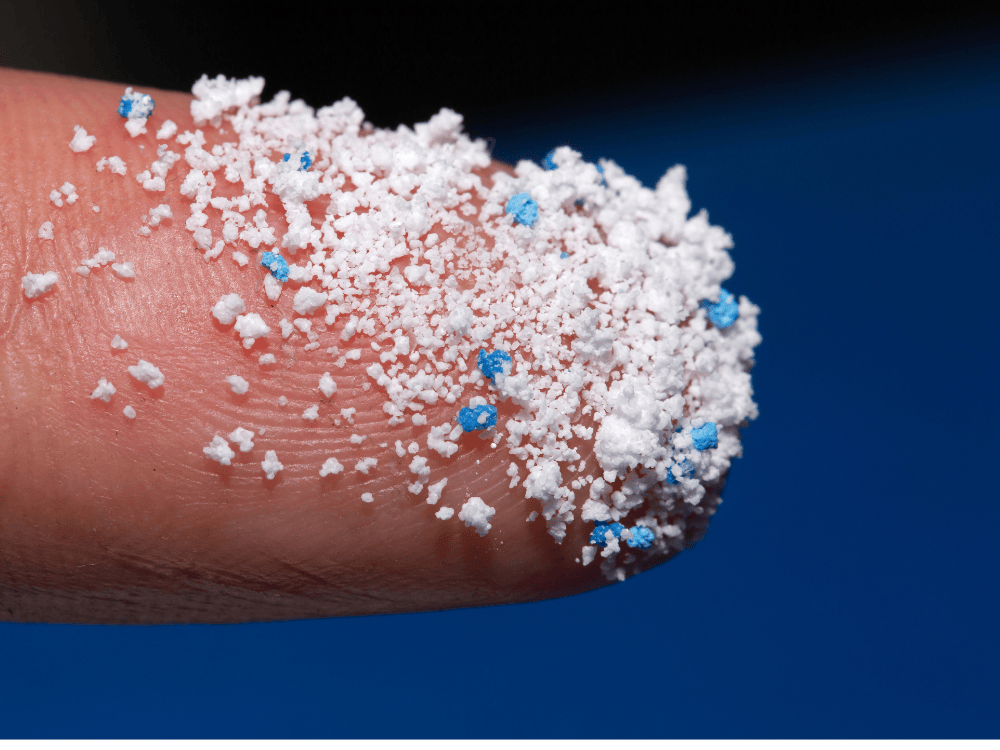
Image by Canva
What Can Be Done?
So, how can we reduce our exposure to microplastics and prevent further health impacts?
Reduce plastic use: The simplest and most immediate step is to cut down on single-use plastics. Opt for reusable metal/glass water bottles and swap polyethylene bags for a fabric bag. Replace plastic containers with glass, and avoid products that contain microbeads.
Support plastic waste management: By supporting initiatives like those led by Plastic Collective, you can contribute to reducing plastic pollution. Advocate for policies that reduce plastic production, and encourage companies to adopt sustainable practices.
Push for further research: While we know a lot about the dangers of microplastics, there are still many unknowns. More research is essential to fully understand the long-term effects of the prescence of microplastic exposure on human health.
Policy Progress: Global Action Against Microplastic Pollution
Policymakers around the world have begun taking decisive steps to tackle the growing issue of microplastic pollution in our ecosystems. In 2018, the United Kingdom took a significant leap by banning products that contain microbeads, which are a common source of microplastic contaminants.
Across the European Union, efforts have been even more expansive. At the request of the European Commission, the European Chemicals Agency (ECHA) drafted a proposal in 2019 aiming to limit the intentional addition of microplastics in a wide range of products. This regulation seeks to prevent the release of approximately 400,000 tonnes of microplastics between 2030 and 2050.
This proposal has undergone rigorous public consultations and scientific reviews, with input from various stakeholders, including industries that rely heavily on plastic. The final decision now rests with the European Commission, which was expected to present a comprehensive plan based on ECHA’s findings in 2021. The ongoing regulatory discussions indicate the EU’s commitment to minimising microplastic pollution and its potential harm to both the environment and human health.
A Call for Further Research
Despite the growing body of evidence on the potential health risks of microplastics, many questions remain unanswered. For instance, how do microplastics interact with the human body over the long term? Are certain types of microplastics more harmful than others? How much exposure is required to cause significant health problems?
These questions are vital for guiding future research and policy decisions. As the scientific community continues to investigate the effects of microplastics, it’s crucial to reduce plastic pollution and seek sustainable alternatives.
The Path Forward in the Fight Against Microplastics
The story of microplastics and human health is still being written, but the early chapters aren’t promising. While we can’t yet fully quantify the risks, we know enough to be concerned. Microplastics have made their way into every corner of our ecosystems and into our bodies. The potential health effects are serious, ranging from inflammation and hormonal disruption to the possible risk of cancer. But there’s hope. By taking action now and reducing the consumption of plastic, both individually and collectively by brands, we can make a difference. And in the process, we might just help protect our health, our environment, and the generations to come.
